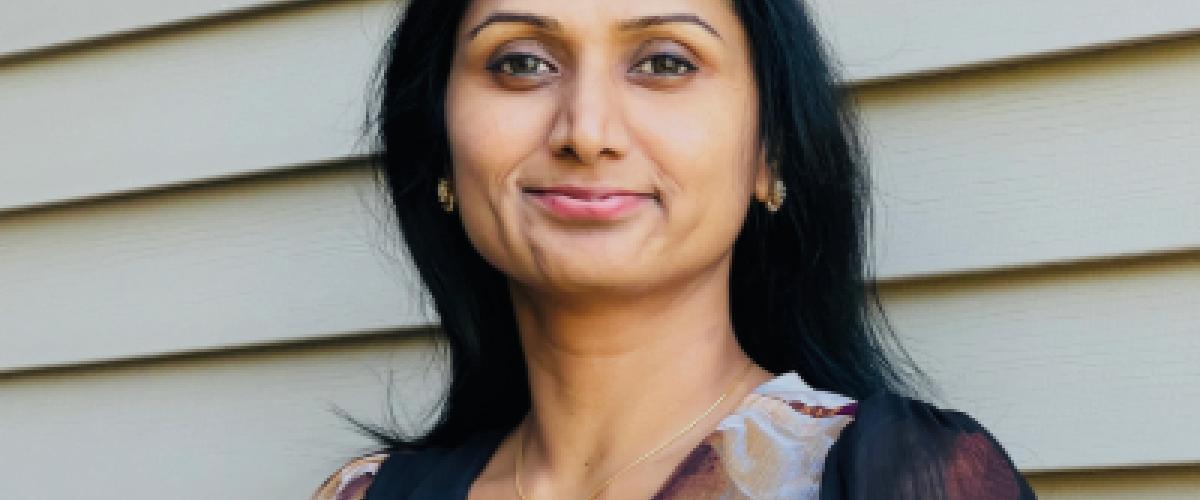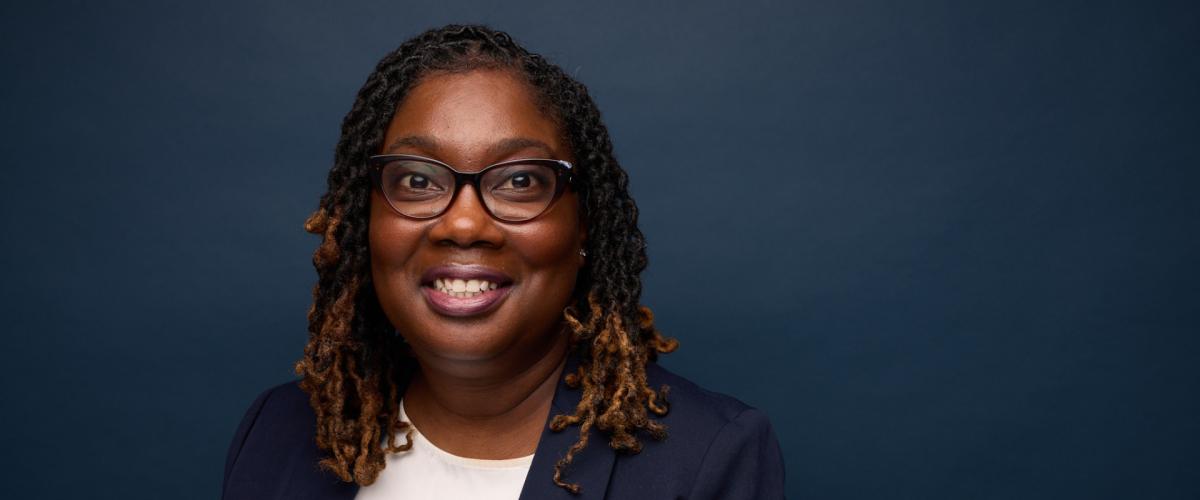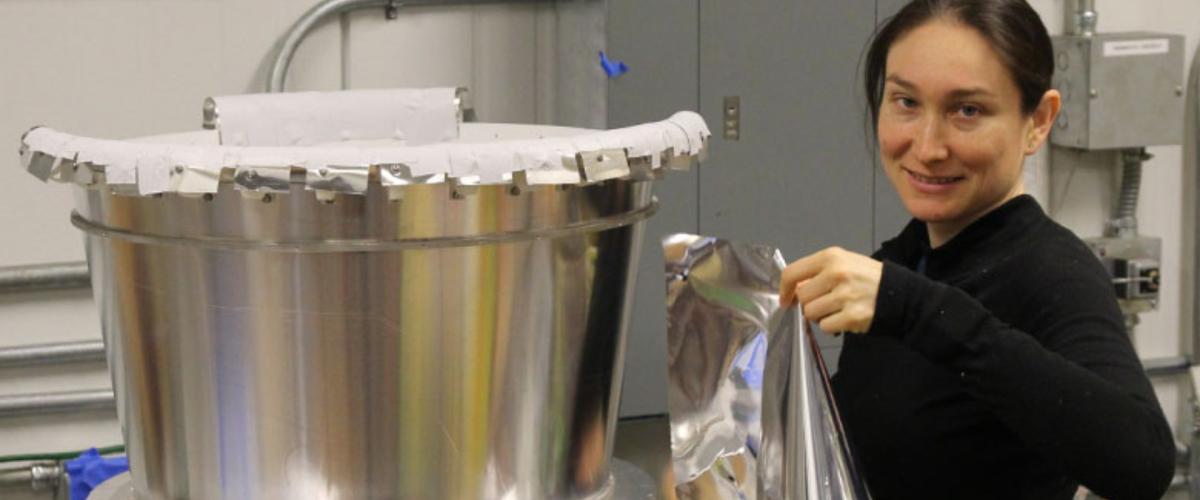Meet a CWRU undergraduate leveraging the university's collaborative research environment to contribute to a study on skin fibrosis
Emilia Sanz-Rios
Fourth-year undergraduate student majoring in Biology and Sociology at CWRU
Undergraduate Research Student at Atit Lab
Area of Focus: Skin Fibrosis
A chance encounter during a first-year biology laboratory course opened up a world of opportunities for Emilia Sanz-Rios, now a fourth-year undergraduate biology and sociology student at CWRU.
Her research experiences started when Suneeti Madhavan, the class’s graduate teaching assistant at the time, recognized Sanz-Rios’s curiosity for science and offered her a tour around the Atit Lab. Inspired by the supportive environment of the lab and her long-held interest in basic sciences, Sanz-Rios decided to join the lab at the end of her first year.
“Being in a research lab helps me apply the knowledge I’ve learned from science class, which has helped solidify my understanding,” she said. “Furthermore, as a student researcher, I also witnessed the impact of research and came to appreciate how much effort is put into what eventually appears in my textbook.”
Many undergraduates like Sanz-Rios make a difference in the lab during their education. In fact, more than 80% of CWRU students graduate with some research or creative endeavor. For the class of 2024, that figure was 85%, according to the First Destination Survey of 2024 graduates.
Madhavan, together with Qiannan Ma—a fourth-year PhD student—later became Sanz-Rios’s mentor in the Atit Lab, headed by Radhika Atit, professor of biology at College of Arts and Sciences. Within the lab, Sanz-Rios started to assist in the study of skin fibrosis, a condition that leads to decreased fat tissue, affecting the elasticity of the skin.
Fellow undergraduate research students and previous lab members also have supported Sanz-Rios in her research conduct.
“I truly appreciate the collaborative environment in the lab, where the lab members—even previous ones—become my friends, helpers and advisers,” she said.
Now in her third year working at the Atit Lab, Sanz-Rios is conducting research under supervision for a potential project exploring a new therapy for skin fibrosis. Nevertheless, she makes time to support her fellow lab members.
In addition to basic sciences research, Sanz-Rios also is conducting guided research with the Department of Sociology as a capstone project. From this, she wants to not only deepen her health sciences understanding, but also apply that knowledge to serve under-resourced communities.
Being an undergraduate student conducting research comes with its challenges, such as understanding the science behind the lab method and being up-to-date with the literature, despite not being dedicated to a specific topic like graduate students.
Sanz-Rios said a “culture of curiosity” at Case Western Reserve inspires her and helps to cultivate her research interests.
“When everyone—from my friends to my professors—does research, they embrace (and encourage) my own curiosity,” Sanz-Rios said. “CWRU also provides students with many opportunities to conduct research. We have numerous projects happening on campus and events that are aimed at connecting students with laboratory personnel.”
Interested in participating in research? The Undergraduate Research Office (URO) is available to assist and prepare students to engage in research and creative endeavors. See upcoming info sessions from URO to coach students in finding research positions.




